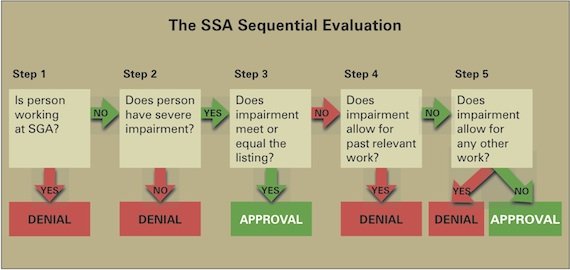
Demystifying Exertional and Skill Levels in Social Security Disability Evaluation
When it comes to assessing disability claims, the Social Security Administration (SSA) follows specific guidelines to determine an individual’s eligibility for benefits. Two key factors that play a significant role in this evaluation are exertional levels and skill levels. Understanding how these levels are defined and how they affect disability claims is crucial for applicants. In this blog post, we will explore the definitions and implications of exertional and skill levels in the context of Social Security Disability evaluations.

How SSA Determines Disability
The Social Security Administration (SSA) provides disability benefits to individuals who are unable to work due to a severe medical condition. To determine whether an individual is disabled, the SSA uses a five-step sequential evaluation process. The evaluation process considers an individual's age, education, work experience, and medical condition to determine whether they meet the criteria for disability benefits.

HOW TO COMPLETE A FUNCTION REPORT
Completing a function report for Social Security can be an important step in the disability application process. The purpose of the report is to provide additional information about your daily activities, limitations, and ability to function. Here are some tips to keep in mind when completing the form:
